针尖上的画意——广绣精品与岭南绘画展
发布时间:2020-07-09 15:05:34
刺绣是指在丝、毛、麻、棉等织物上穿针引线,组成各种彩色图案的传统手工艺,在中国至少有二千多年历史。古代刺绣多为奢侈品,且以图纹的不同显示拥有者官阶地位的不同。发展至明清时期,中国刺绣已逐步形成苏绣、湘绣、蜀绣和粤绣四大名绣,以及各种地方刺绣,刺绣工艺丰富多彩,风格各具特色。
南粤地区,以广州为中心的珠江三角洲地区的民间刺绣工艺简称广绣,与潮汕地区的潮绣合称粤绣,是我国四大名绣之一。广绣历史悠久,在唐代已有高超的技艺,明清时期更成为海上丝绸之路上的主要外销产品。经过历代手工艺人的不断传承和改良,广绣成为色泽富丽、针法多变、独具岭南特色的地方绣种,并于2006年5月20日被列入第一批国家级非物质文化遗产名录。
广绣虽然在清代有过极盛时期,但随着时代变迁和社会发展,近现代的广绣行业曾几度陷入低迷。为拯救这项传统手工艺,20世纪50年代于广州成立的各刺绣厂社几经拆并,逐渐形成三大不同主营内容的绣品厂,包括生产实用品的中华戏服厂、广州机绣厂,以及生产绒绣画的广州绣品工艺厂。作为实用品的广绣逐步实现机器化生产,而对于传统广绣的绣画则至今仍坚持纯手工制作,由广绣工艺大师通过丰富的针法工艺在真丝绸缎上“作画”。
近年来,为适应不断发展的社会经济文化和人们的物质文化需求,进一步推广广绣艺术和岭南文化,广绣老字号企业——广州绣品工艺厂有限公司积极开拓广绣画稿的题材和内容,尝试将岭南地区的历代绘画作品作为广绣画稿制成刺绣品,并于2011年与广州艺术博物院初步达成合作,由广州艺术博物院授权予广州绣品工艺厂有限公司,以院藏岭南地区历代绘画精品二十余件为画稿制成广绣作品。历时九年,由多位广绣代表性传承人参与制作的岭南绘画广绣精品终于在本次展览中全数展出。本次展览还展示部分广绣画稿的院藏原作,以绘画艺术之美和刺绣艺术之精相互对比映衬,给观众带来愉悦的感官享受。
Preface
With a history of at least 2000 years in China, embroideryis a traditional handicraft which applies needles and threads on silk, wool,hemp, cotton and other fabrics to form various colourful patterns. In ancienttimes, embroidery was a luxury which revealed certain position of the owner byusing particular patterns. During the Ming and Qing Dynasties, this type of arthad gradually developed four famous genres, namely Suzhou embroidery, Hunanembroidery, Sichuan embroidery and Guangdong embroidery, as well as assortedlocal embroideries with vibrant techniques and distinctive styles.
In southern Guangdong area,Cantonese embroidery refers to products made in the Pearl River Delta withCanton as the center. Together with Chaozhou embroidery from the Chaoshanregion, Guangdong embroidery was recognized as one of the four famousembroideries in China. Having a long history, the technique of Cantoneseembroidery reached maturity in the Tang Dynasty and became a major exportproduct on the Maritime Silk Road during the Ming and Qing Dynasties. Throughcontinuous inheritance and improvement by generations of craftsmen, Cantoneseembroidery had become a local embroidery genre with rich colours, changeableneedlework and unique Lingnan characteristics, which was listed in the firstgroup of National Intangible Cultural Heritage on May 20, 2006.
Cantonese embroidery becameexceptionally popular in the Qing Dynasty. However, as time passed by and greatchanges had taken places, modern Cantonese embroidery industry experiencedseveral downfalls. In order to save this traditional folk art, the embroiderycompanies established in Canton (present Guangzhou) in the 1950s graduallyre-developed as three embroidery factories with different business scopes,including Zhonghua Opera Clothing Factory, Guangzhou Mechanized EmbroideryFactory and Guangzhou Embroidery Technology Factory. Mechanized production andmass production are applied to practical products, while manual embroidery isstill preserved to traditional embroidery works such as “embroidery paintings”:masters “painted” on silk and satin through their apt needles.
In recentyears, in order to goalong with continuous development of social economic culture and people'smaterial and cultural needs, and further promote the art of Cantoneseembroidery and Lingnan culture, Cantonese Embroidery Craft Factory Co. Ltd., atime-honored enterprise, actively explored the theme and content of Cantonesepaintings. They tried to create embroideriesbased onCantonese paintings. In2011, they collaborated with Guangzhou Museum of Art who gave authorizationofmore than 20 selected paintings of Lingnan area from the Museum’s collection,while the factory made them into embroidery works. Several representative craftsmenof Cantonese embroidery participated in this project, who took nine years tocreate these artifacts which are all on display in this exhibition. Theexhibition also shows some original works in collection of the Museum, enabledthe two types of art to complement with each other. Immersed in the charm ofpainting and the beauty of embroidery,visitors may find pleasant sensation andenjoyment.
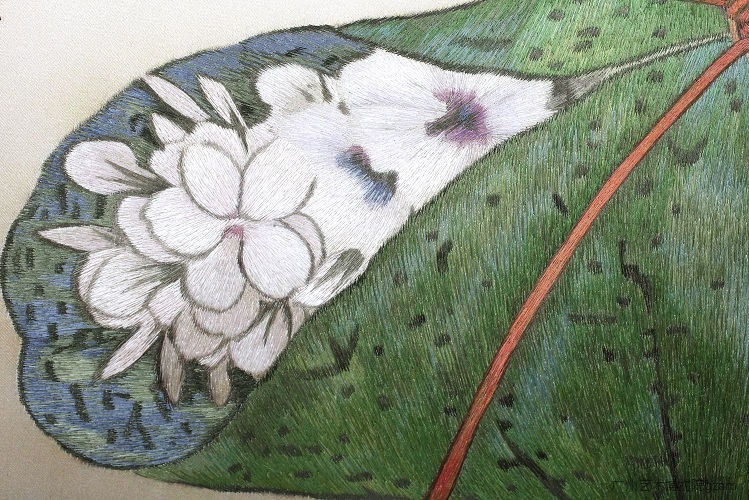
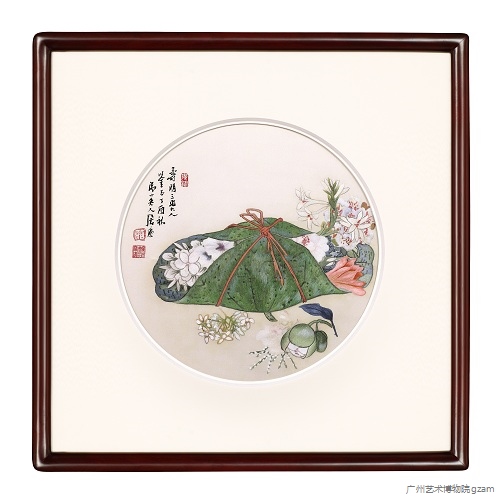
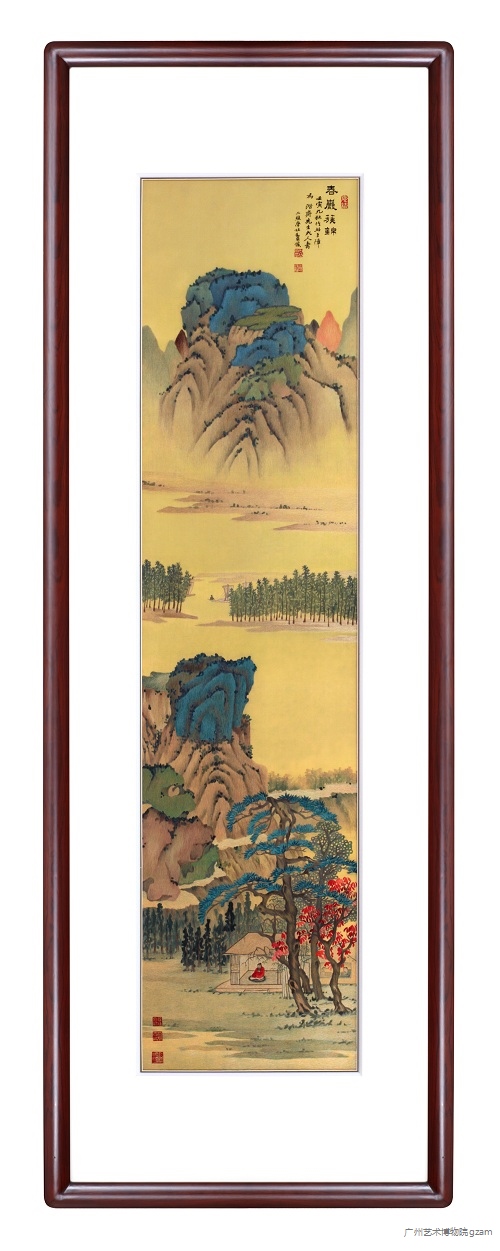
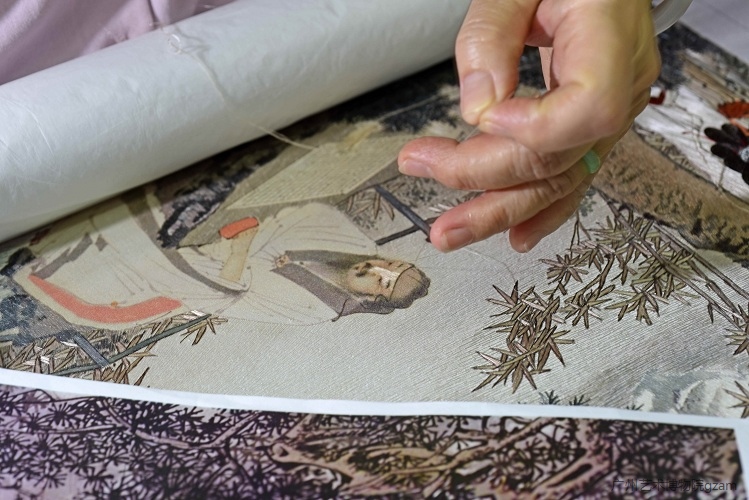
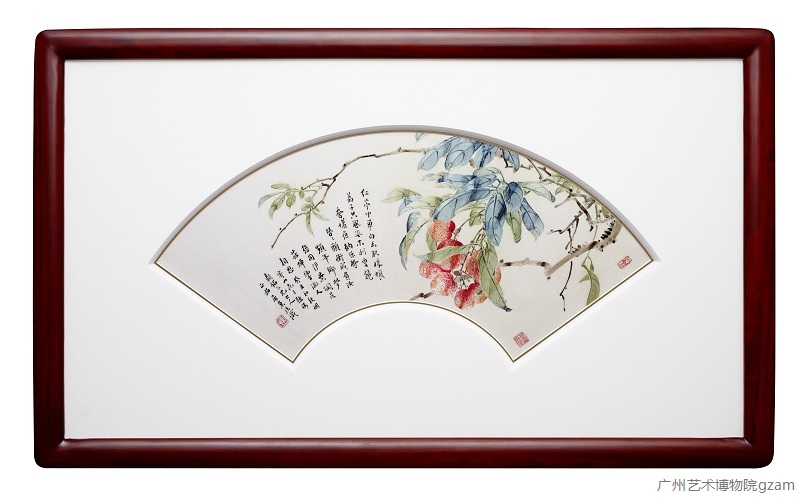
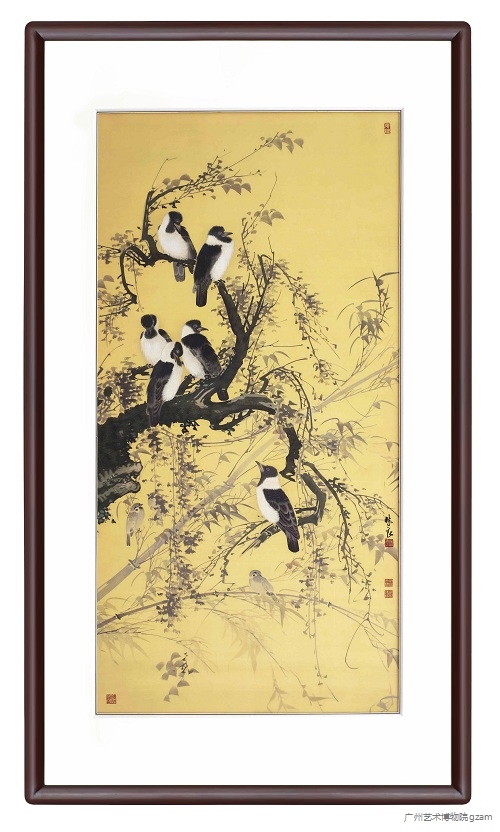
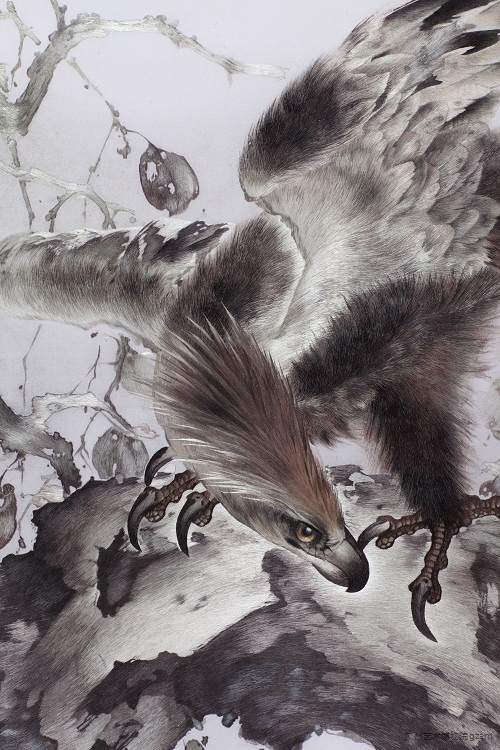
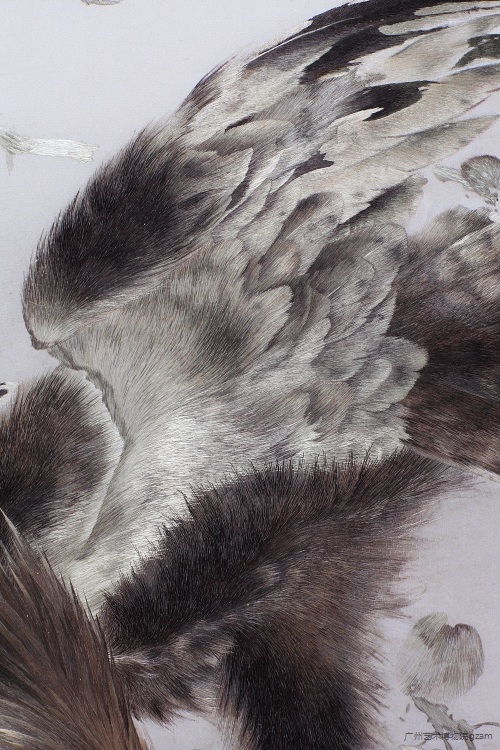
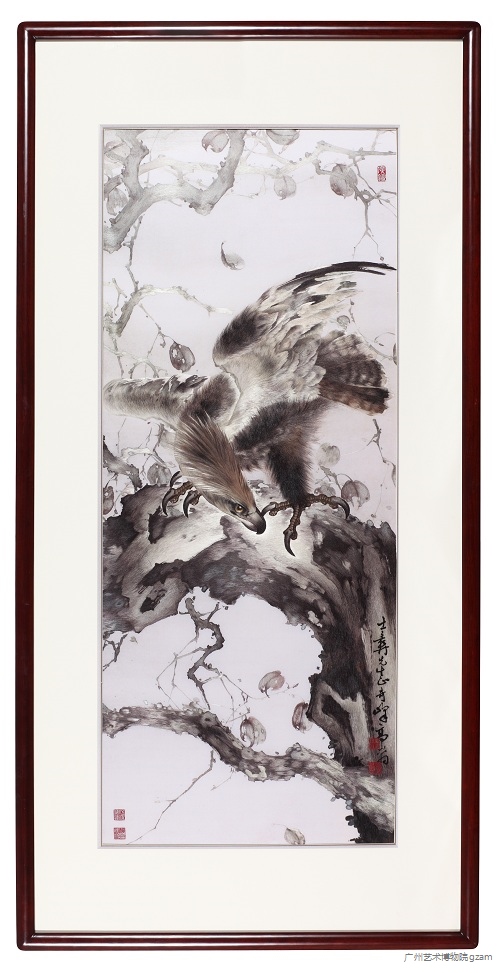
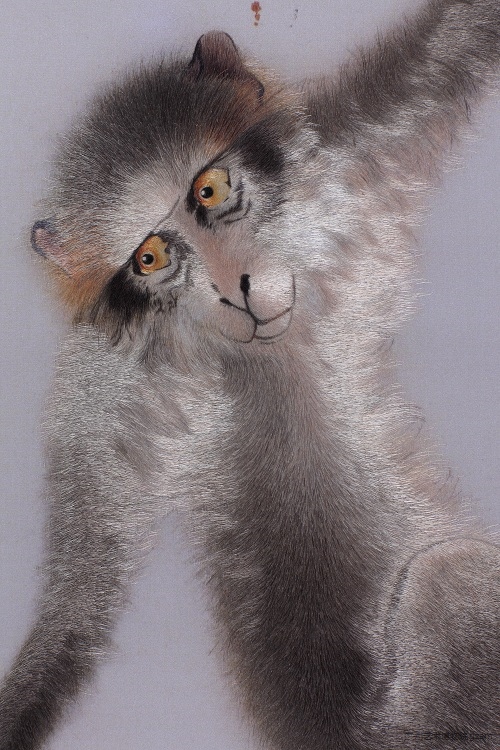
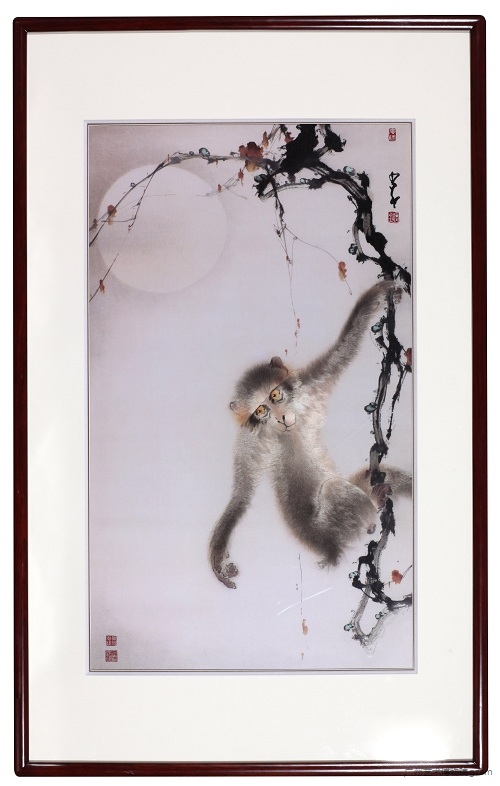

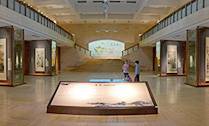
 党建工作
党建工作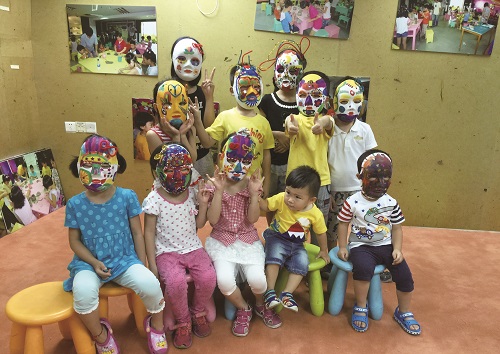 教育活动
教育活动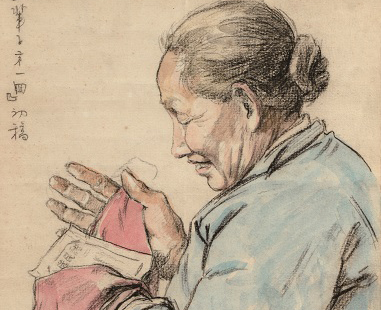 名人馆
名人馆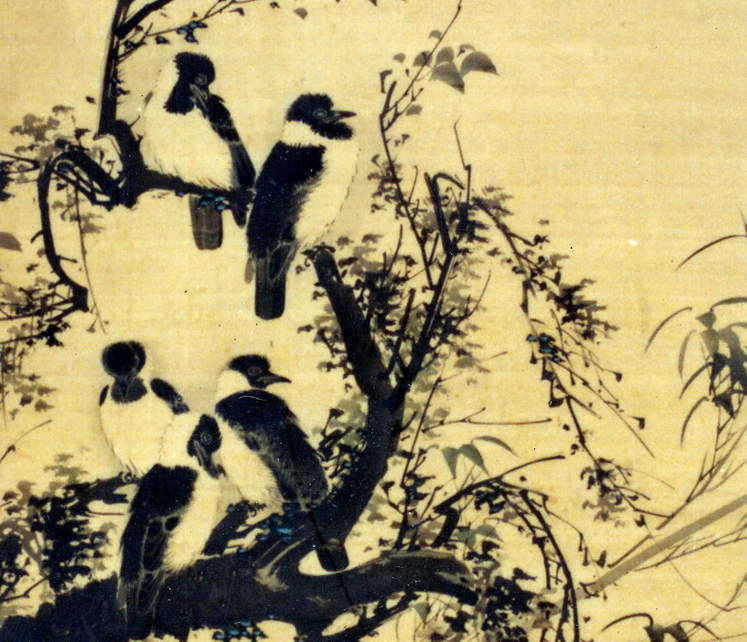 藏品捐赠名录
藏品捐赠名录 美术馆建设
美术馆建设